The dramatic mountains of a remote Chachapoya region in the north of Peru are scattered with ruins, mummies and burial sites left by the Chachapoyas and the Incas. 90 per cent of the sites still remain undiscovered.
Kuelap, Machu Picchu of northern Peru
The fortified city of Kuelap, nowadays called “Machu Picchu of northern Peru”, was built 800 AD by the Chachapoya on top of a mountain, 3000 m above the sea level. The city is 700 years older than the Inca’s Machu Picchu. It’s the largest ancient site in the Americas and contains three times more stone material than the largest pyramid in Giza, Egypt.
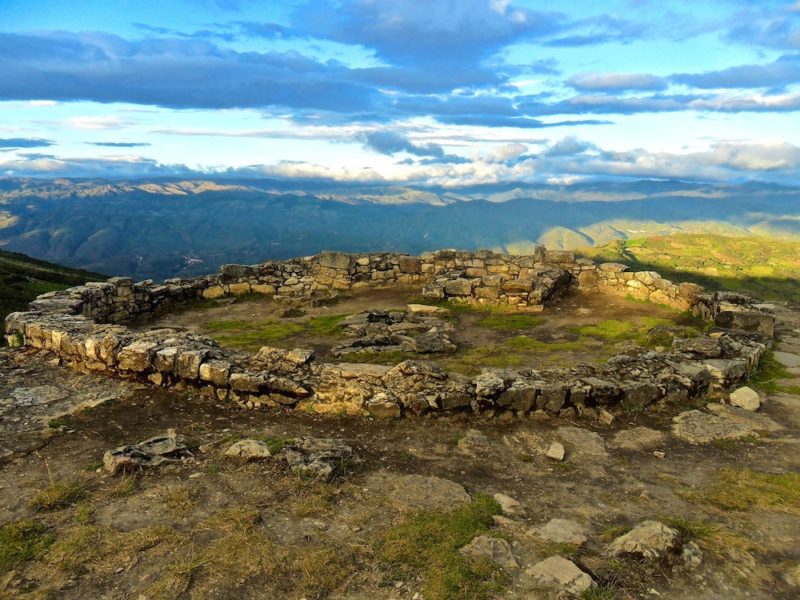
As you already know, we like exploring off the beaten path places and love ancient ruins, so visiting Kuelap was a must. We went to see Machu Picchu too, but honestly, visiting Kuelap was a totally different experience – no crowds, no high entrance fee to pay – and undoubtedly a highlight of our time in Peru.
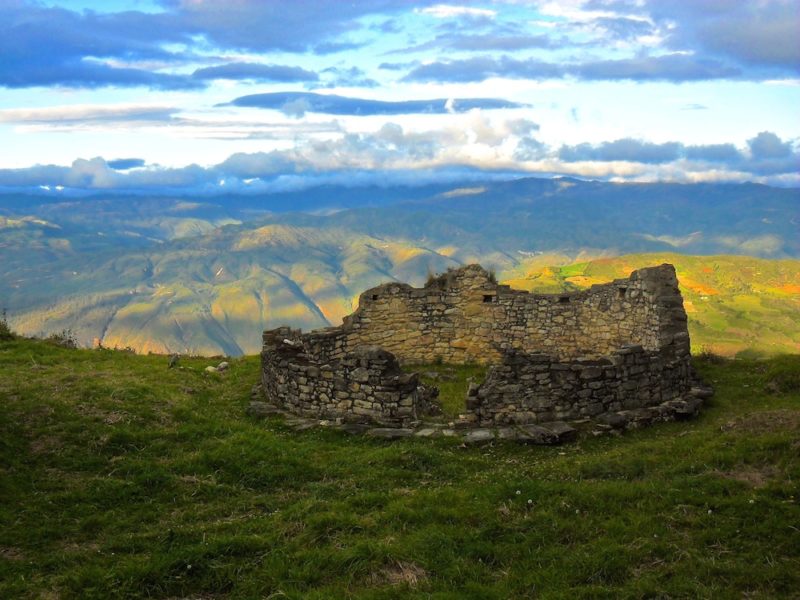
Kuelap was a political and religious centre of the Chachapoya, the warriors, shamans, traders, farmers and architects. About 3000 people lived in the city and built trade routes between the Amazon, the Andes and the Pacific. They continued to build their city until the Inca people arrived in 1470 AD.
The city of Kuelap consists of 12 sites and 400 circular buildings. The foundations contain skeletons and the site is the only evidence of scalping in Latin America.
Only the difficult access to Kuelap has prevented mass tourism from discovering the amazing secret. But the number of tourists will increase rapidly when a cable car that Peruvian government is planning to build will be finished. At the moment only about 1% of all tourists who come to Peru venture to the northern part of the country and just few of them visit Kuelap.
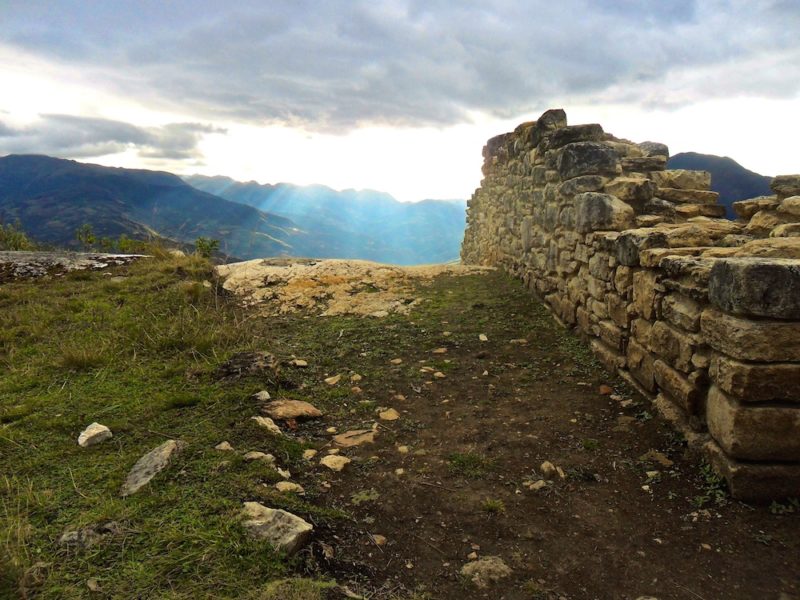
Where exactly is Kuelap located?
How to get to Kuelap
Chachapoyas, a beautiful colonial town in northern Peru, was our base.
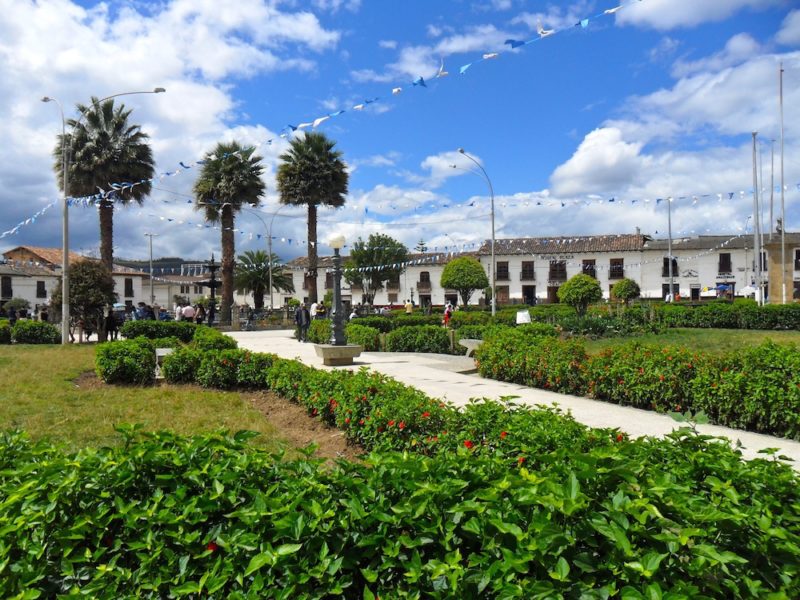
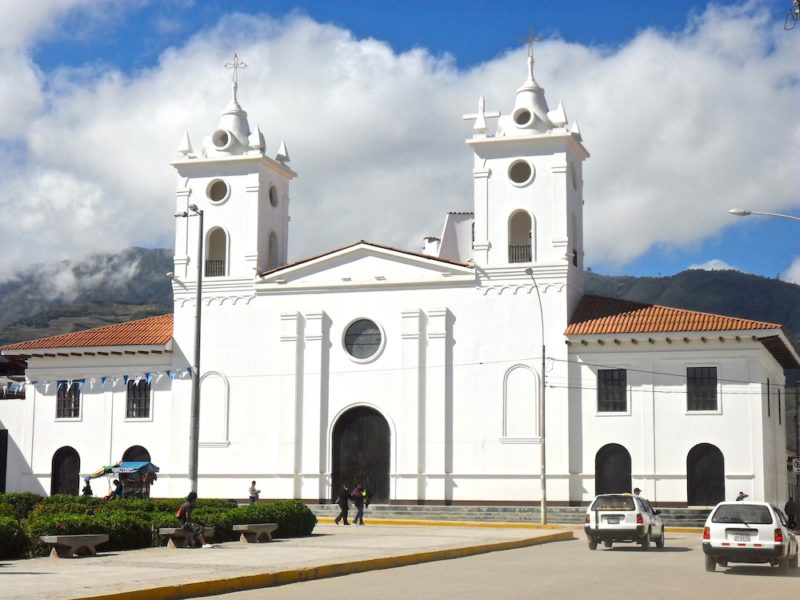
To reach Chachapoyas, we took an overnight bus from Piura. Next day we spent in Chachapoyas and the following day in the morning we took a bus to Tingo, a small village located at 1000 m above sea level. The bus journey took 2 hours. There was not much to see in Tingo, so we just had a brunch and then headed for Kuelap. Ascending 2 km to the fortress of Kuelap took us almost 4 hours.
The hike was quite demanding, but the scenery around was absolutely spectacular. At the second half of the hike, we had a short break; we stopped by a house and had a chat with a Peruvian family. They offered us to have a ride on their horses to Kuelap. We were quite tired so we welcomed their offer. For the next half an hour we rode the horses and the young members of the family accompanied us.
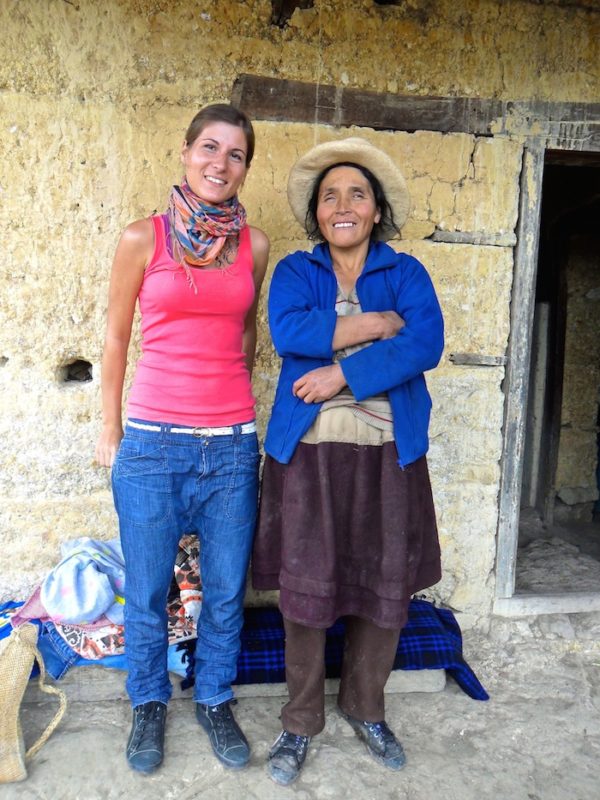
When we finally reached Kuelap it took up our breath away. We could see easily that Kuelap was built as a fort and no wonder that it took the Inca so much time to conquer it.
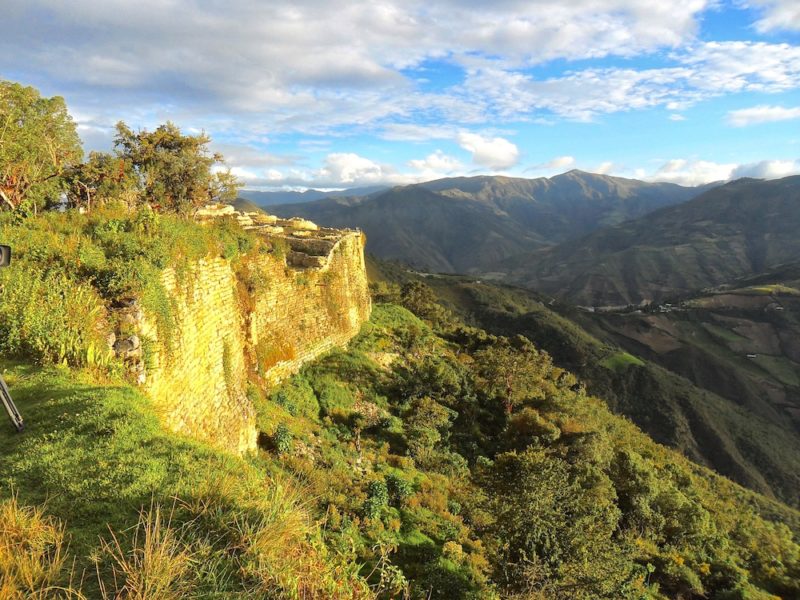
We walked through a very narrow and very impressive entrance way leading between two massive walls. Then we entered a huge complex of ruins hidden under a jungle with bromeliads and orchids. We were even welcomed by lamas!
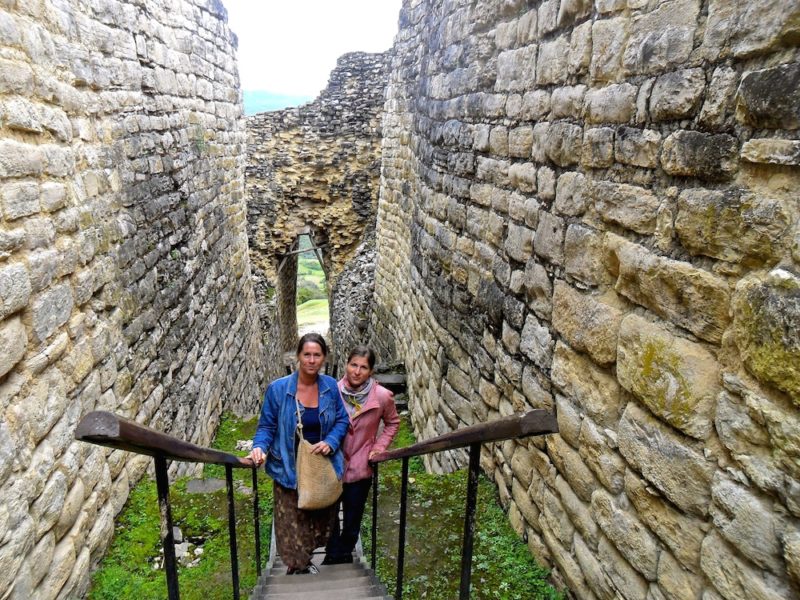
We wandered through a labyrinth of forgotten ruins and temples. Later we sat down on the grass and admired the scenic view of majestic mountains and beautiful valleys. We didn’t see anybody for the entire time we were there.
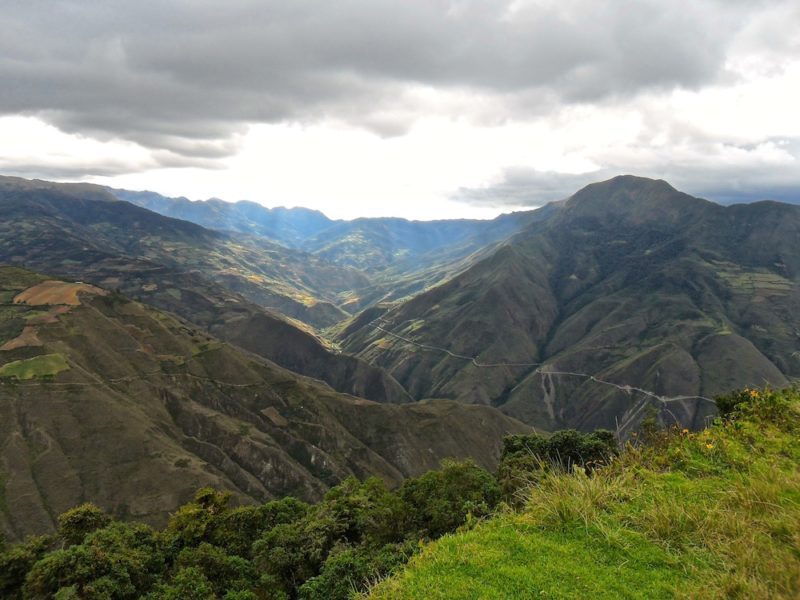
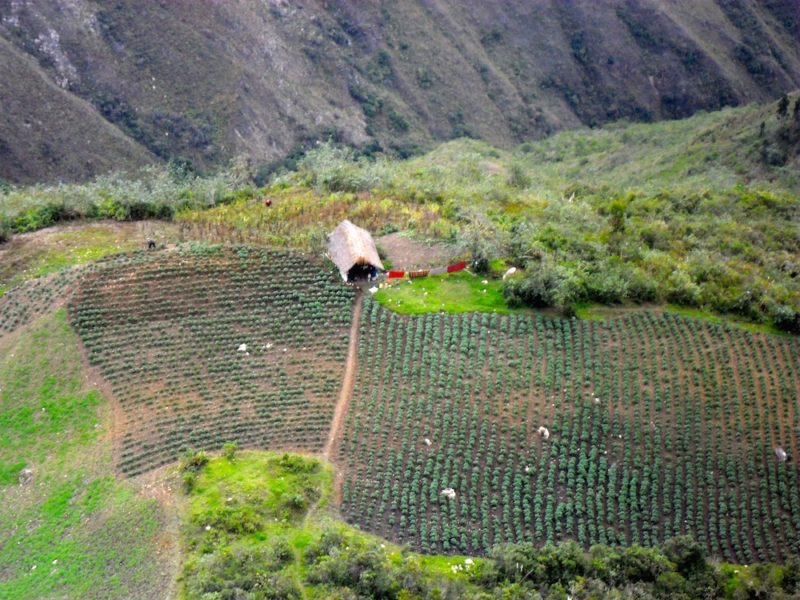
The experience was exceptionally magical, very similar to visiting Tikal in Guatemala and Kalakmul in Mexico.
If you plan to go to Peru, add Kuelap to your itinerary for sure. It’s totally worth it. But hurry up to see Peruvian Kuelap, the exceptional unrestored pre-Incas archaeological site, before the crowds arrive!
Have you been to Peru? Did you find any amazing lesser known places there?
Did you like this post? Would you like to stay up to date with our new adventures?
Just ‘Like’ our Facebook Page – and we will keep you informed!


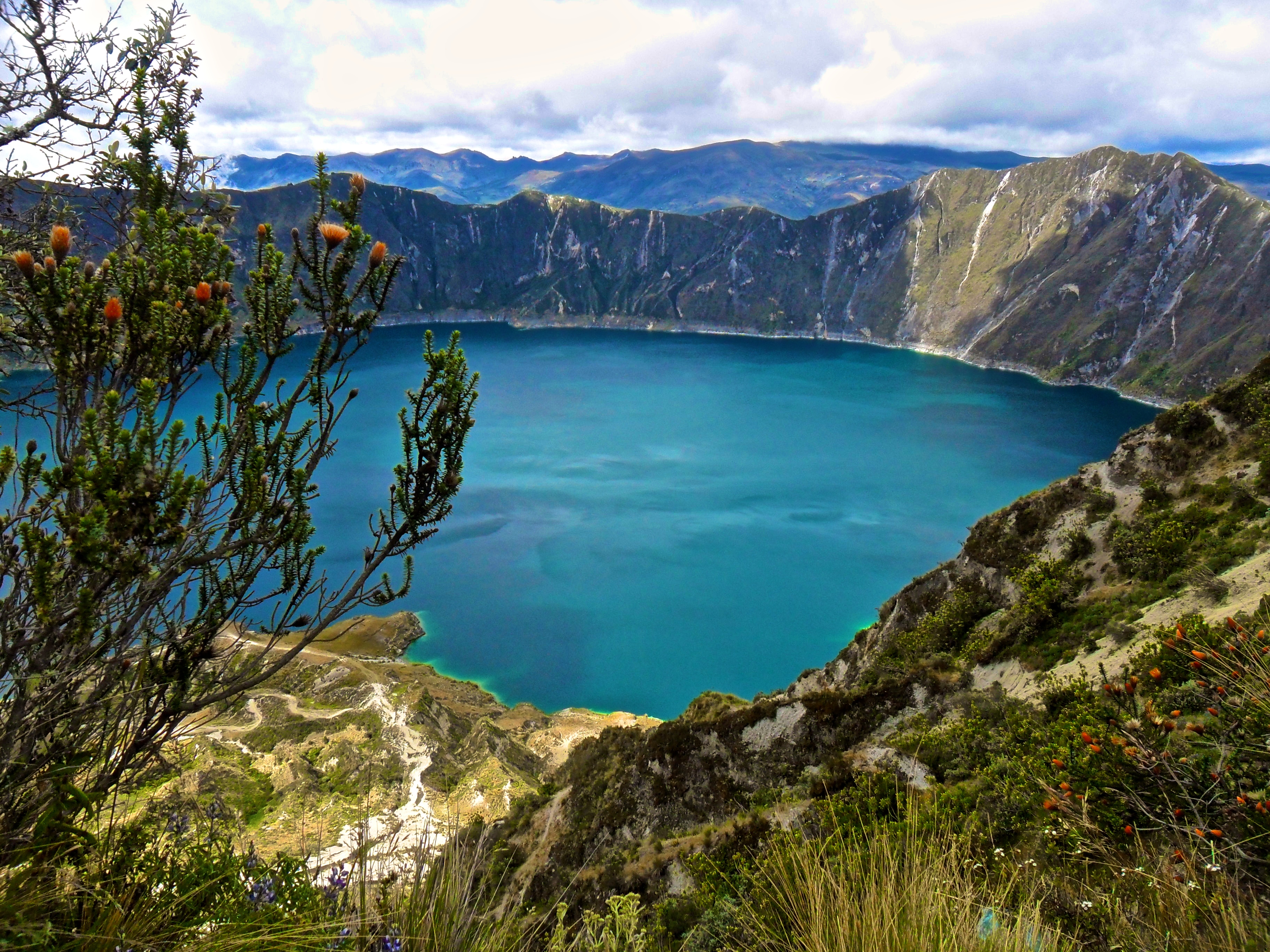
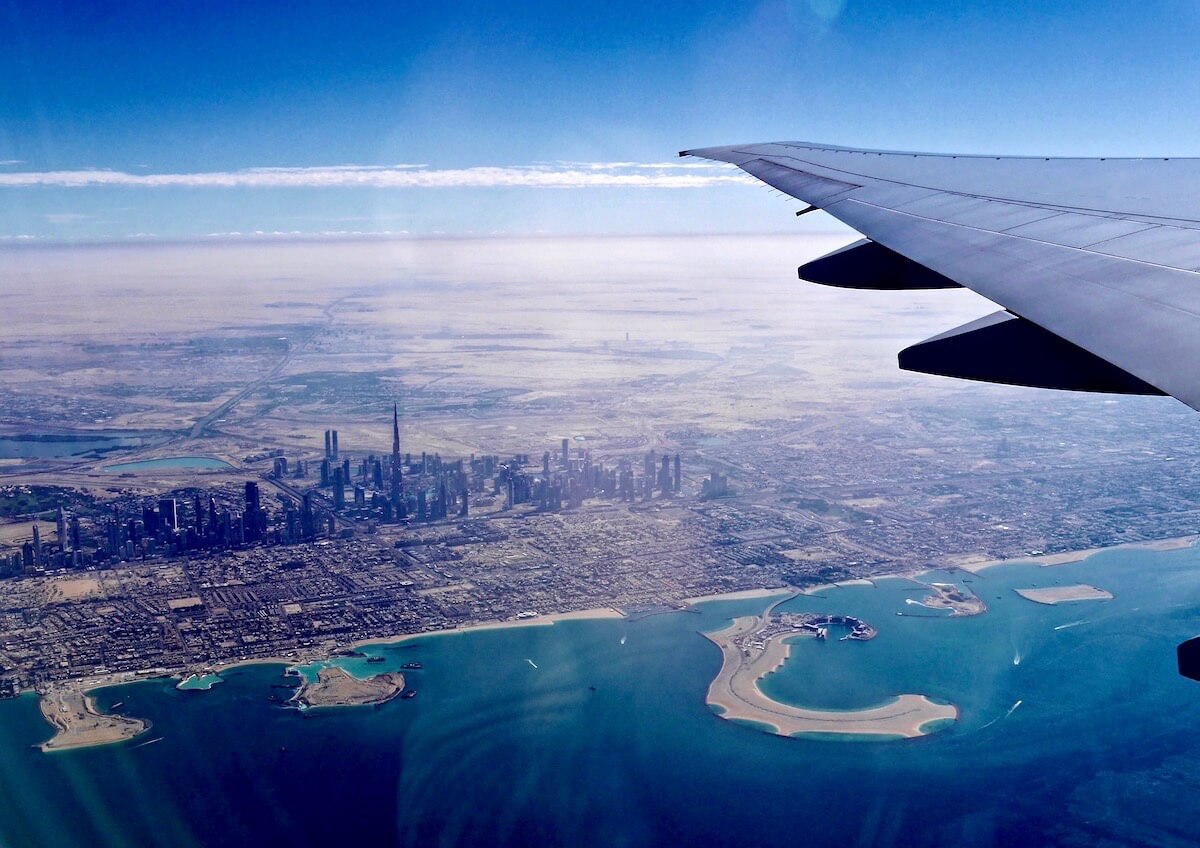
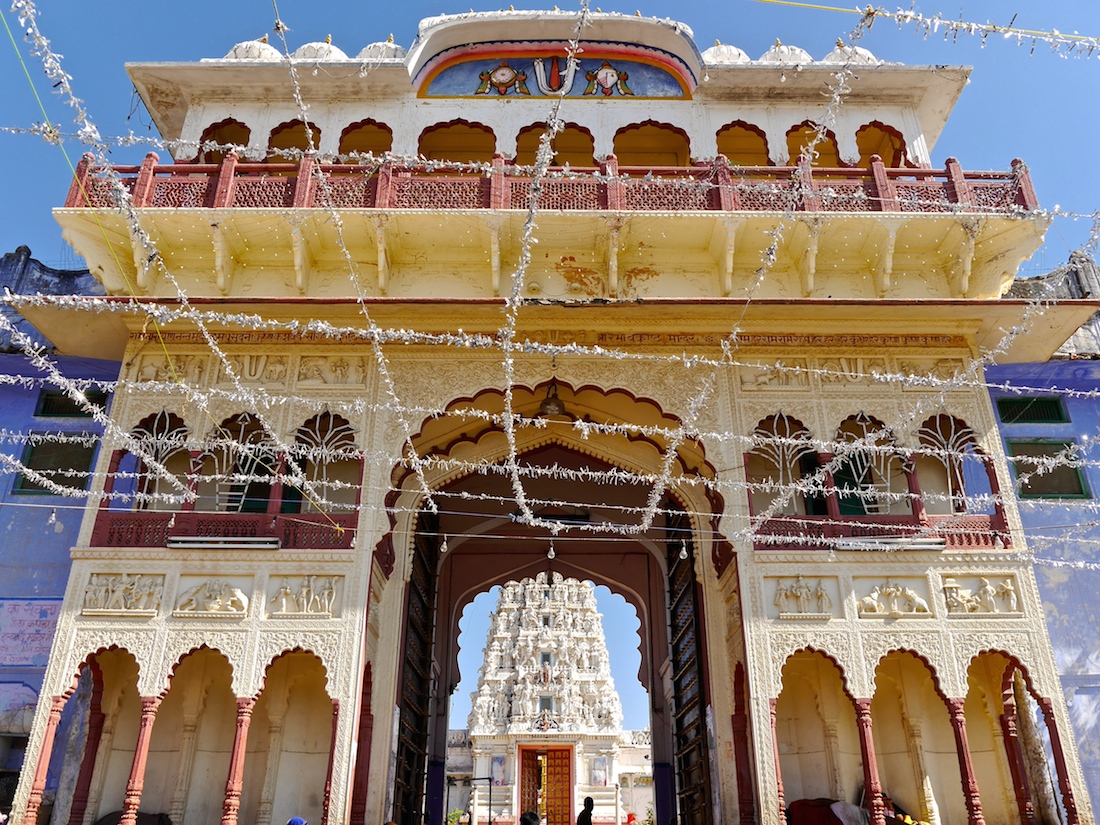
Claus Gurumeta
Wow, that looks beautiful! The architecture of the ruins is quite different from Machu Picchu, but the mountain scenery is very similar. Stunning place nonetheless.
I didn’t visit this area during my trip, but I went to two sites near Trujillo (also in Northern Peru), Chan Chan & Las Huacas de Moche. They are in a desert-like environment, so they looked to me like something out of the Middle East rather than Peru, stunning clay brick buildings and colourful frescos. Never heard of them before I went, but I was blown away!
Simply Nomadic Life
Claus GurumetaYes, Kuelap is a really amazing place – off the beaten track, but accessible quite well.
You’re right that the structures of Kuelap are different from those of Machu Picchu. We liked more the architecture of Kuelap – although the ruins are not as ‘beautiful’ as those of Machu Picchu, the site hasn’t been restored so far and that’s why the whole place seems to be somehow more authentic.
We went to Chan Chan too, it reminded us of the archeological sites in Egypt. We were limited by time, so were not able to see more of the fabulous sites of northern Peru. Visiting Las Huacas de Moche must have been fantastic too!
Happy travels, Claus!